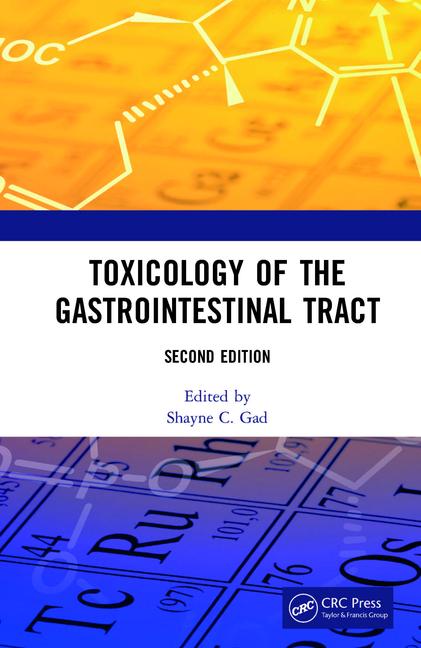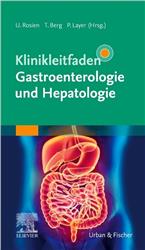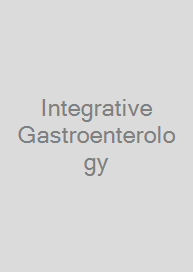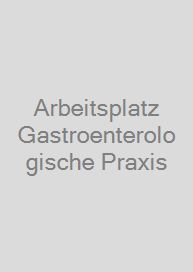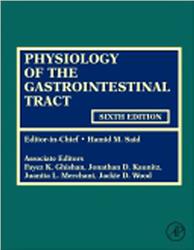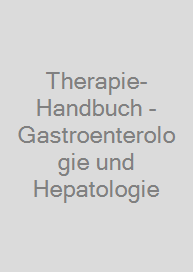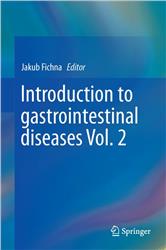Toxicology of the Gastrointestinal Tract
| Auflage | 2/E 2019 |
| Seiten | XI, 463 pp., 18 illus. |
| Verlag | Taylor & Francis |
| ISBN | 9781138360167 |
| Artikel-Nr. | 564835 |
Lieferzeit ca. 2 Wochen
Produktbeschreibung
The gastrointestinal tract is the most important of the three major routes of entry (and clearance) of xenobiotics and biologic entities into the bodies of mammals. As such, it is also the major route for administration of pharmaceuticals to humans. Gastrointestinal Toxicology, Second Edition describes the mechanism for entry and clearance of xenobiotics, as well as the barriers, immunologic and metabolic issues, and functions present in the GI tract.
Appearing in this volume are also considerations of the microbiome and its actions and influence on the function of the GI tract and on the toxicity and pharmacodynamics of ingested substances (including nutrients, toxins, and therapeutics). These fifteen chapters written by experienced experts in the field address methods to evaluate GI function; specifics of GI function and toxicity assessment in canines and minipigs; classes of compounds with their toxicity; species differences; and the toxicity (and promise) of nanoparticles. Those needing to understand the structure, function, and methods of studying the GI tract will find this volume a singular source of reference.
Appearing in this volume are also considerations of the microbiome and its actions and influence on the function of the GI tract and on the toxicity and pharmacodynamics of ingested substances (including nutrients, toxins, and therapeutics). These fifteen chapters written by experienced experts in the field address methods to evaluate GI function; specifics of GI function and toxicity assessment in canines and minipigs; classes of compounds with their toxicity; species differences; and the toxicity (and promise) of nanoparticles. Those needing to understand the structure, function, and methods of studying the GI tract will find this volume a singular source of reference.

Bleiben Sie informiert!
Melden Sie sich für den frohberg.de-Newsletter an und nutzen Sie jetzt Ihre Vorteil:- Willkommens-Dankeschön: Beatmungsmaske Rescue Me
- Aktuelle Neuerscheinungen und Empfehlungen
- Exklusive Angebote und Kongress-Highlights
